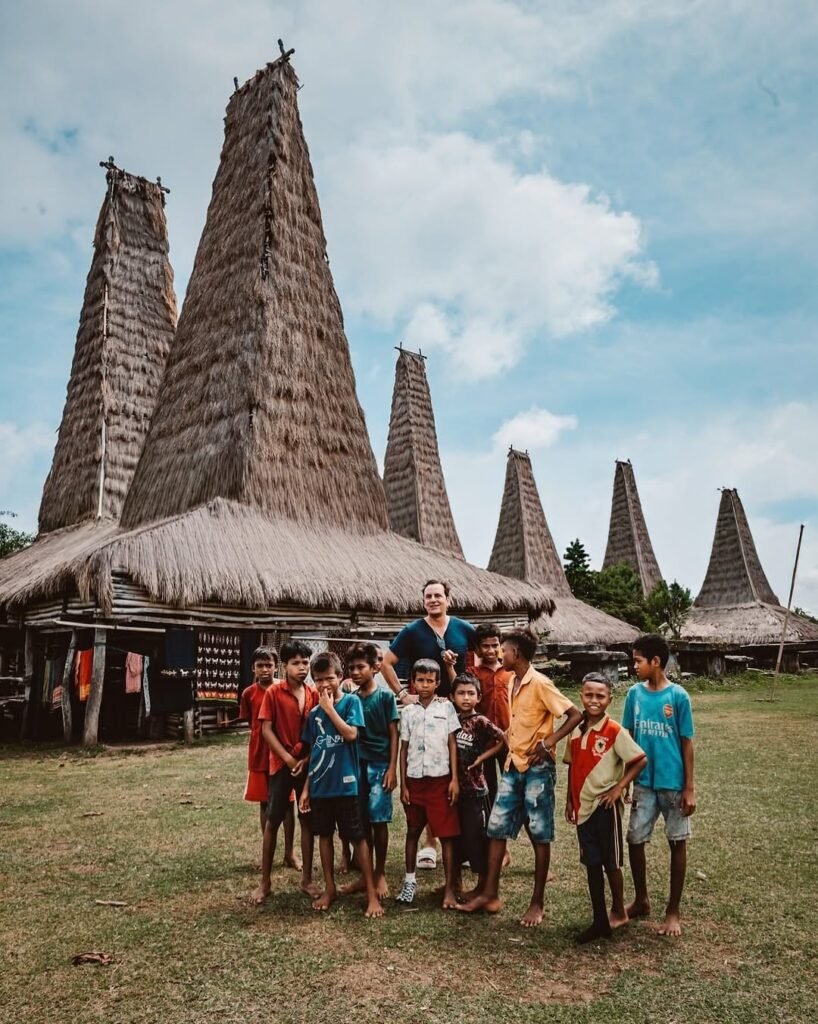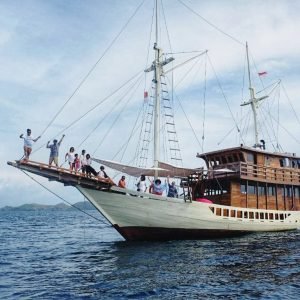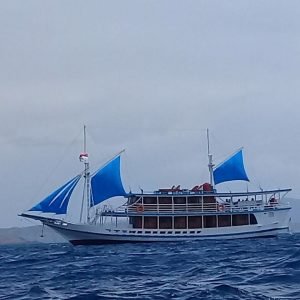Introduction to Sumba: The Hidden Gem of Indonesia
Sumba Travel-Located in the east of Indonesia, Sumba is rapidly establishing itself as a must-visit destination for adventurous travelers seeking an authentic experience. Unlike its more popular counterparts such as Bali or Lombok, Sumba offers a unique blend of rich cultural heritage, stunning landscapes, and off-the-beaten-path experiences that appeal to those looking to explore a less commercialized aspect of Indonesia.
One of the most striking features of Sumba is its breathtaking natural beauty. The island boasts mesmerizing beaches with powdery white sand and crystal-clear waters, ideal for swimming, surfing, or simply soaking in the sun. The pristine coastlines are flanked by dramatic cliffs and lush greenery, offering stunning views that are perfect for photography enthusiasts or nature lovers alike.
Culturally, Sumba is a treasure trove of traditions and local customs. The island is home to several indigenous tribes, each with its own unique languages, rituals, and art forms. Visitors can immerse themselves in the vibrant culture by exploring traditional villages, witnessing unique ceremonies, and even participating in age-old crafts. The iconic Pasola festival, a traditional war ceremony involving horseback riders, is just one of the many cultural events that showcase the island’s rich heritage.
What makes Sumba particularly appealing is its lesser-known paths. This is a destination where travelers can escape the crowds and enjoy a more intimate connection with the environment and local communities. Whether trekking through rolling hills, swimming in hidden waterfalls, or lounging on nearly deserted beaches, the journey through Sumba is enriched by its serenity and untouched landscapes.
For those searching for an extraordinary getaway that combines adventure and cultural depth, Sumba stands out as an emerging hotspot in Indonesia’s travel scene, inviting explorers to experience its hidden paradise.
Must-See Attractions and Activities in Sumba
Sumba, often overshadowed by its more popular neighbors, offers a plethora of attractions and activities for the adventurous traveler. One of the most iconic sites is Weekuri Lake, a stunning natural pool known for its turquoise waters. The lake is surrounded by limestone cliffs and is a perfect spot for swimming or simply soaking in the picturesque scenery. Travelers are advised to visit early in the morning to avoid crowds and to fully enjoy the tranquility of this hidden gem.
Another must-see location is Puru Kambera Beach, famous for its pristine coastline and rolling hills. This beach is not only a paradise for sunbathers but also an ideal spot for surfing, particularly during the dry season when the waves are at their finest. There are local surf schools available for novices, making it accessible for everyone to catch a wave and enjoy the ocean.
Visitors should not miss experiencing Sumba’s rich cultural heritage through its traditional villages. These villages, such as Ratenggaro and Waingapu, provide a glimpse into the island’s unique customs and traditional architecture. Engaging in a cultural tour can enrich your understanding of the local way of life. Travelers are encouraged to attend an authentic Pasola ceremony if their visit coincides with this vibrant event, showcasing traditional Sumbanese horsemanship and rituals.
For those who enjoy outdoor activities, trekking through the beautiful landscapes of Sumba offers an unparalleled experience. Trails wind through lush hills, scenic rice paddies, and dramatic coastal cliffs. Guided treks are available, which ensures safety and enhances the experience by providing detailed insights into the flora, fauna, and culture along the way.
To maximize your Sumba travel experience, consider a well-planned itinerary that includes a mix of relaxation on the beach, cultural immersion, and outdoor adventures. Each of these attractions showcases the multifaceted allure of Sumba, illustrating why it deserves a spot on every traveler’s bucket list.
Cultural Insights: Understanding Sumba’s Rich Traditions
Sumba, an island nestled within Indonesia, is a gem of cultural richness that is often overshadowed by more popular tourist destinations. The island boasts a vibrant tapestry of traditions and customs that are deeply rooted in its history and local beliefs. One of the unique aspects of Sumbanese culture is its intricate weaving techniques. The local women skillfully create elaborate ikat fabrics, which are not merely items of clothing but significant cultural symbols. These textiles often represent family status and are utilized in various ceremonies, showcasing the artistry that Sumba is renowned for.
The languages spoken on the island, predominantly Sumbanese, are a testament to its diverse heritage. Each community has its dialect, reflecting the rich linguistic landscape of Sumba. This diversity extends to the various cultural ceremonies held throughout the year, which serve as occasions for the community to come together and celebrate their history. Traditional ceremonies often feature elaborate rituals, dance performances, and music, enveloped in a sense of identity that binds the Sumbanese people. The most notable ceremonies include the Pasola, a traditional equestrian event that symbolizes the fertility of the land and is crucial in ancestral worship. This event is characterized by spear-throwing contests between teams on horseback, reflecting both bravery and skill.
Furthermore, ancestral reverence plays a pivotal role in the cultural fabric of Sumba. The Sumbanese people believe in a connection with their ancestors, which is exhibited through rituals, festivals, and the continuous cultivation of traditional practices. Grave sites are often elaborate, signifying the respect for the deceased and their ongoing role within the community. By engaging with these practices, travelers can gain a profound appreciation for the Sumbanese way of life, deepening their experience and fostering respect for the island’s rich heritage.
Practical Tips for Traveling to Sumba
When planning a journey to Sumba, understanding how to reach the island is crucial. Sumba is predominantly accessible by air, with direct flights available from Bali to Waingapu and Tambolaka airports. Scheduled flights from Bali typically take about an hour, providing a convenient entry point for travelers. It is advisable to book flights in advance, especially during the peak tourist seasons, which generally fall between April and September, when the weather is dry and ideal for exploring the island’s natural beauty.
Accommodations in Sumba range from budget-friendly guesthouses to luxury resorts. For a more authentic experience, consider staying in local lodges. Many of these options offer personalized services and immerse travelers in the cultural richness of the island. Popular regions such as Weekuri Lake and Tarimbang Beach have several beachfront properties that provide stunning views and easy access to natural attractions.
Sumba’s local cuisine is a reflection of its rich cultural heritage. Travelers are encouraged to sample traditional dishes, such as “ikan bakar” (grilled fish), “bubur ayam” (chicken porridge), and “kolo” (a dish of cassava). Street food markets in Waingapu and Tambolaka are excellent places to taste local delicacies, providing both a gastronomic and cultural experience.
While Sumba is generally safe for tourists, typical precautions should be followed, including being mindful of personal belongings and avoiding remote areas after dark. Additionally, familiarize yourself with the local customs and etiquette to enhance your travel experience. Renting a motorbike is a popular option for getting around the island, offering flexibility to explore the diverse landscapes at your own pace. Consulting a reliable map or using a GPS-enabled device can assist travelers in navigating the island’s roads.
With proper planning, Sumba presents an exceptional opportunity for adventure and relaxation, making it an accessible destination for all types of travelers.


